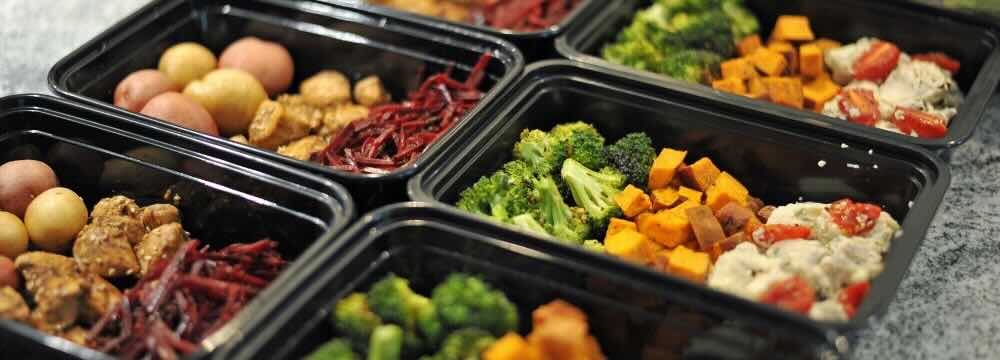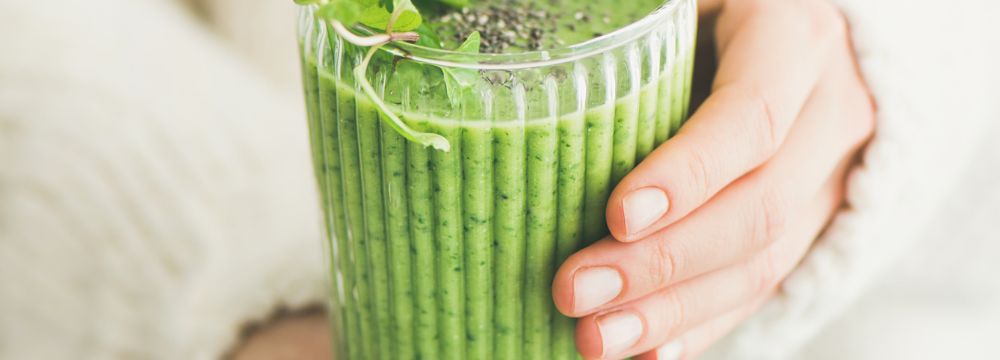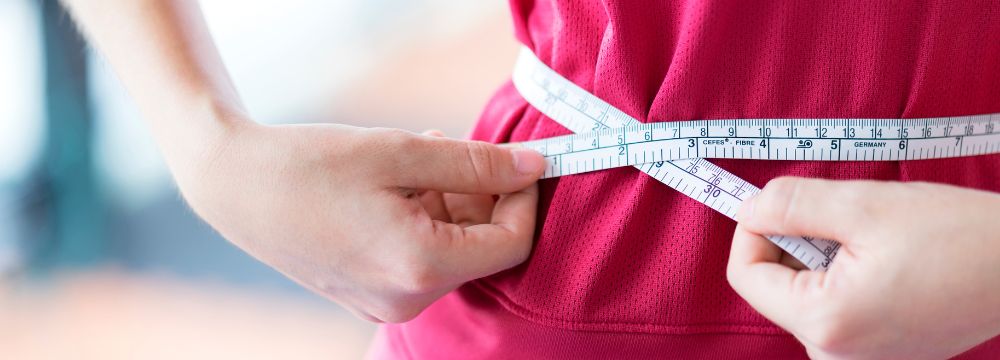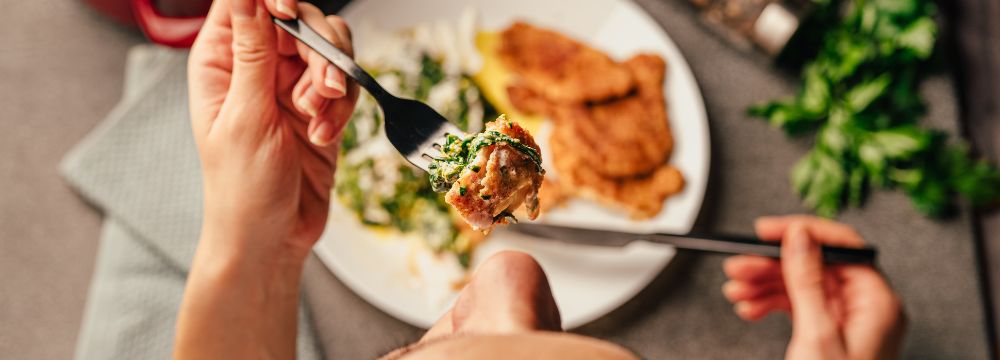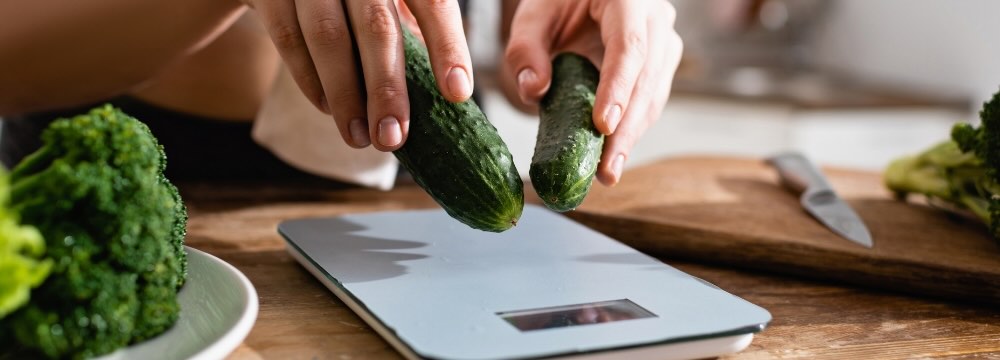
Have you ever stared at a bite-sized piece of meat on your plate and thought to yourself, “Is that it?” Portion expectations and reality don’t always line up, and it can feel underwhelming.
But right after bariatric surgery, your stomach capacity is tiny – it’s only able to hold roughly 1-2 ounces of sustenance per sitting. Transitioning to about 6 oz. of food per meal happens as you heal and move through each diet stage.
But what does 4-6 oz. of food actually look like?
The Beginning
Every bariatric program has its own recommendations and detailed guidelines, but most follow a fairly predictable progression. In the first two weeks after surgery, the focus is on sipping steadily and preventing dehydration, starting with clear fluids (water, broth, and sugar-free electrolyte drinks) and graduating to full liquids like protein shakes. Hydration goals are often around 64 ounces per day, but taken in small, steady sips rather than large gulps to protect the new size of your stomach.
By weeks two to four, pureed and very soft foods are usually introduced. At this point, meals are usually just three or four ounces and eaten at a snail’s pace. Eating too quickly or advancing to more challenging textures before the stomach is ready can lead to discomfort, regurgitation, or even setbacks in healing. By weeks four to eight, foods transition to soft solids, and portions slowly climb with a continued emphasis on protein.
Between two and six months after surgery, most people find they can consistently handle about four to six ounces of food per meal. Over the long term, meal sizes typically stabilize in the range of 4 to 8 ounces, depending on the type of procedure and individual tolerance.
The Measurement Maze
Ounces and fluid ounces are not the same thing. An ounce in weight measures how heavy something is. A fluid ounce measures how much space a liquid occupies. Four ounces of cooked chicken by weight is very different from four fluid ounces of milk in a cup. Density dictates the difference: the weight of chicken or shrimp takes up far more space than the same weight of milk or gravy, making it look like there’s more.
A few conversions that are helpful and that you’ll use frequently are:
- 1 oz ≈ 28 g (weight)
- 8 fl oz = 1 cup (volume)
- 4 fl oz = ½ cup (volume)
Nutrition labels typically use cups or fluid ounces for soft foods, such as yogurt (volume), whereas your dietitian will likely provide protein goals in ounces (weight). If you’re told to eat four ounces of chicken, pull out the kitchen scale. If the label says “½ cup cottage cheese,” grab the measuring cup. It sounds nitpicky, but when you compare four ounces of shrimp with four ounces of spinach, you’ll see why – it’s the same weight, but a very different-looking portion.
Once you know how to measure, the next hurdle is visualizing it. That’s why most bariatric dietitians encourage patients to weigh their food consistently at home in the early stages. Within a few weeks, your eyes become remarkably skilled at estimating. Until then, a few comparisons help illustrate what four to six ounces actually looks like.
For dense proteins like cooked chicken, turkey, fish, lean beef, or tofu, three ounces is about the size of a deck of cards or the center of your palm (not including the fingers). Four to six ounces looks more like one-and-a-half to two decks of cards, or a palm plus a little extra. Shredded or diced meats can look deceptively larger, so weigh a few times until your eyes catch on.
Block cheese, on the other hand, is dense – one ounce might look like two dice. Easy to overdo, so measure early on. If you’re meal prepping (highly suggested!), it may be beneficial to invest in a few storage containers that have measurements already marked on them so you can really see what different foods look like at their exact measurements.
Soft proteins, such as Greek yogurt, cottage cheese, or ricotta, are typically measured by volume. Half a cup equals about four fluid ounces. When those fluid ounces are measured on a scale, they might weigh around four to five “solid” ounces, depending on the brand.
To get it exact:
- Put the measuring cup on the scale
- Recalibrate the scale by pressing the tare button (The tare button on a scale is used to reset the display to zero when an object, such as a container, is already on the scale platform.)
- Spoon your soft protein into the measuring cup until the target weight appears on the display
Other foods, such as eggs, are harder to measure. In general, one large cooked egg is about an ounce and a half, so a two-egg scramble is roughly three ounces – add a small spoonful of cottage cheese and you’ve got a neat four-ounce meal.
Protein shakes can also cause confusion. Most ready-to-drink shakes are labeled in fluid ounces. An eleven-ounce bottle does not equal eleven ounces of solid food. Instead, it reflects liquid volume and should be tracked for protein and calories, but not compared to weighed food portions.
For accuracy, especially in the early months, use a food scale for protein and solid foods, and measuring cups or ramekins for soft foods. Visual comparisons can help when a scale isn’t available, but it’s worth spending a few weeks weighing portions at home to calibrate your eyes.
Order on the Plate
Even if you know what six ounces looks like, the real value comes from what fills those ounces. The standard order of operations is simple: protein first, then non-starchy vegetables and/or fruit, and finally, complex carbs like beans or soft whole grains if there’s room. Prioritizing protects your muscle mass, keeps hunger steady, and avoids the rollercoaster of blood sugar swings. (Most meals aim for 60-80 grams of protein per day – ask your team for the number you should be hitting.)
As you transition to solids, small plates and utensils can reinforce the new normal and prevent unintentional overeating. It may feel a little silly at first, but your brain takes cues from your plate. A six-inch plate with a few ounces of protein in the center communicates “meal” to the brain, while a larger plate with the same portion may feel inadequate.
The right tools can make the process less stressful:
- A digital kitchen scale that measures grams and ounces
- 4-6 ounce ramekins for soft foods
- Smaller plates or bento-style containers
- Measuring cups and spoons
- A timer to pace meals (your phone!)
Texture, “Slider” Foods, and Satiety
Not all foods behave the same way after surgery. Some “slide” through the pouch or sleeve quickly and can be eaten in much larger quantities without creating fullness. Ice cream, mashed potatoes with gravy, chips, nut butters, creamy soups, or snack foods that easily dissolve in the mouth all fall into this category. It’s easy to eat more than intended because they don’t give your stomach the same resistance.
The fix isn’t necessarily “never touch them again,” but they will undermine portion limits and protein goals if you aren’t careful. Keep them occasional and be mindful to eat these sorts of things slowly. You can also pair them with protein or look for higher-protein swaps to improve nutritional value and slow digestion while helping you feel fuller quicker and stick to your goals.
Tasty pairings might include:
- Nut butter on apple slices
- Crushed walnuts on frozen yogurt
- Cheese on crackers (instead of chips!)
- Pudding with a scoop of protein powder
You can even get crafty with your mashed potatoes: cut the potatoes with mashed cauliflower for a blend with extra nutrients or add shredded chicken and less gravy for added protein.
Timing and Pacing
Liquids and solids don’t mix well in a bariatric stomach, and they require careful timing. Drinking too close to meals can displace food, cause discomfort, or reduce satiety. Most programs recommend a simple rhythm: stop drinking 15-30 minutes before eating, skip fluids with meals, and wait about 30 minutes afterward before sipping again. You’ll still aim for 64 ounces of fluid daily, just spread out in steady sips.
Timing and pacing go hand-in-hand. Four ounces eaten in five minutes feels very different (and is rarely pleasant) from four ounces eaten over 25 minutes. Take 20-30 minutes per meal, chew thoroughly, and set little pauses – fork down, deep breath, check in. Your body will often send stop signs like hiccups, chest pressure, or sudden fullness when it’s had enough. Over time, a mindful pace becomes second nature.
A Day in the Solid Life
Meal progression is individualized, but here are some examples of how 4-6 ounces could look once you start eating more solid foods (confirm timing and targets with your care team):
- 4 oz cottage cheese with cinnamon
- 3 oz flaky fish + 1 oz soft carrots
- 3 oz shredded chicken with Greek yogurt + 1 oz mashed sweet potato
- 4 oz grilled chicken thigh (de-boned) + 1-2 oz sautéed zucchini
- 3-4 oz salmon + 1-2 oz roasted cauliflower
- 4 oz tofu stir-fry + 1-2 oz green beans
- 4 oz scrambled eggs with a spoonful of cottage cheese
- 2-3 oz turkey roll-ups with cucumber slices
- 4 oz Greek yogurt with a few berries
It isn’t glamorous, but it works, especially early on. It keeps you in the four-to-six-ounce lane, ensures protein comes first, and builds the habits that become a lifestyle.
Fluids flow steadily between meals, but not during them. Snacks and shakes are added only if your program recommends them. Be sure to check in regularly with your care team to be sure you’re getting enough nutrients – supplements can be taken to avoid nutrient deficiencies.
When eating out, you won’t have scales and measuring cups handy, so your hand is your best backup tool:
- Palm (excluding fingers) ≈ 3–4 oz cooked protein
- Palm + two thumb widths ≈ 5–6 oz cooked protein
- A clenched fist ≈ ½ cup soft sides
Restaurant portions are massive, so don’t be shy about boxing half before you begin. You can also ask for sauces on the side to practice your measurement techniques and stick to your diet.
Common Sticking Points
“I can eat more than 6 ounces – did I stretch my pouch?” Not necessarily. Tolerance changes with time, and food texture creates some variability in what you can fit in. Dense protein fills you faster than something soft and saucy. On the flip side, if you’re still hungry after four to six ounces, check whether you ate protein first, chewed thoroughly, and avoided liquids. Sometimes “phantom hunger” is really just slider foods or inadequate meal pacing.
“How do I hit protein goals in such small portions?” Use high-protein foods early (eggs, Greek yogurt, cottage cheese), prioritize protein first at every meal, and use shakes if recommended by your dietitian.
“Tracking feels overwhelming.” If tracking every bite makes you want to throw your food scale across the room, know that it’s not forever. A few weeks of structure teaches your eyes what four ounces looks like. After that, you can lean on visuals and spot-check when needed.
You don’t need to be a human measuring cup forever. Use the scale and ramekins early to learn what 4-6 ounces really looks like, then let your eyes (and your pace) do the heavy lifting. Eating too fast or pushing past “satisfied” can backfire with discomfort, regurgitation, or even anxiety. Slow down, chew well, and aim for “comfortably full,” not “stuffed.”
If you have questions, speak up! The team at VIPSurg is here to help.

